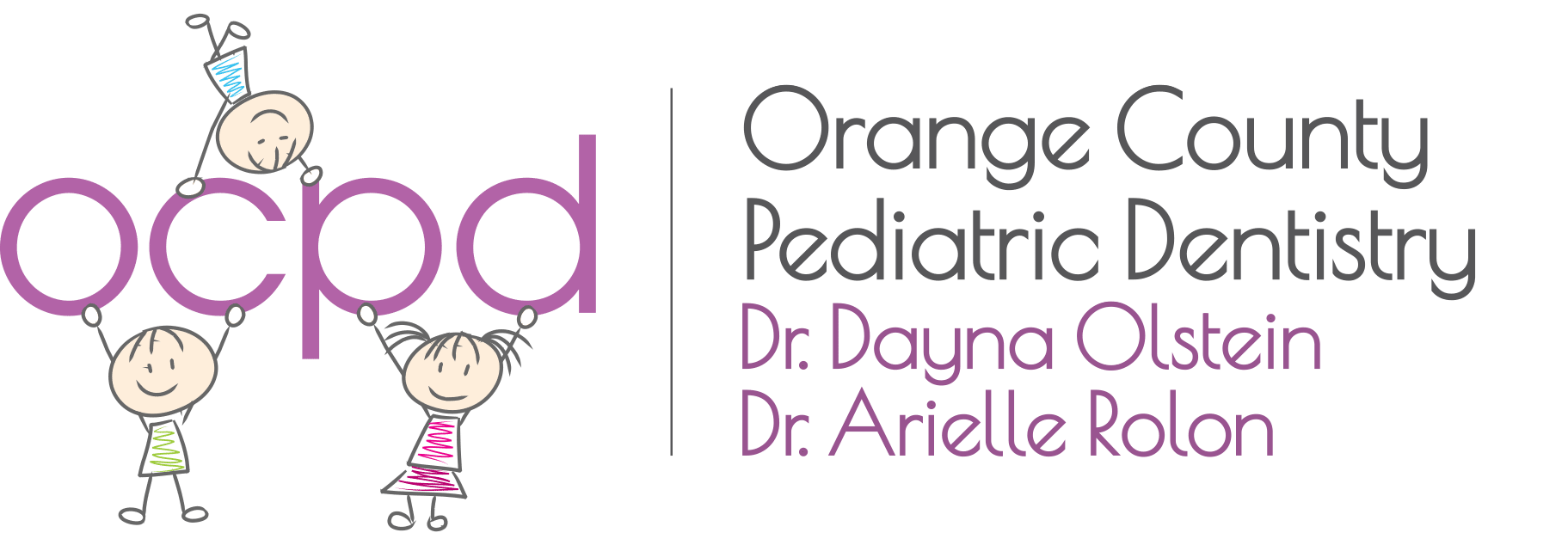Tooth Extractions

When it comes to pediatric tooth extractions, it’s not uncommon for parents to be just as nervous as their children! No one wants to see their little ones in pain, but the good news is that tooth extractions, including baby tooth extractions, are gentle, safe, and fast—and with the help of local anesthesia and nitrous oxide, they’re not all that uncomfortable either.
We always try to save the natural tooth whenever possible, but there are some times when a tooth is so decayed or damaged that there’s simply no solution other than to remove it. Extractions allow us to restore health to the mouth by removing a source of pain and infection.
What Happens During a Tooth Extraction
As you might imagine, extracting a primary (baby) tooth is easier than extracting a secondary (adult) tooth because secondary teeth have longer roots holding them in place. That said, the process for both is virtually the same. Local anesthetic is used to numb the tooth and the area surrounding it. Often, children need nitrous oxide to get through an extraction and that is perfectly understandable—nitrous oxide, or laughing gas, works and wears off quickly, and it’s very safe.
A special tool called an elevator loosens the tooth from the jaw, then it is carefully removed with forceps. Your child will feel some pulling and movement, but not pain.
Replacing an Extracted Tooth
What happens after a child’s tooth has been extracted? Well, that depends.
First, was the tooth pulled an adult tooth? If so, a bridge will be needed to ensure that your child can eat and speak properly and that adjacent teeth don’t drift into the newly available space. Once they reach adulthood, they may decide to replace the bridge with a dental implant.
If the tooth in question was a baby tooth, we may choose to place a space maintainer in the open spot to make sure there’s room for the adult tooth to erupt when it’s time. The exception to this is when your child is very close to the age when the tooth would have fallen out naturally—we may opt not to replace it if we know the adult tooth is due to erupt soon.
Frequently Asked Questions About Tooth Extractions
Is a baby tooth extraction painful?
Your child is likely to have some pressure during the extraction due to the pulling sensation they’ll feel, but they should experience little-to-no pain.
How long does it take for a baby tooth extraction to heal?
A baby tooth extraction needs only a day or two to heal since the roots of baby teeth are so short.
Is a baby tooth extraction necessary?
If your child’s tooth is badly decayed or damaged and it cannot be repaired with restorative treatments like crowns or fillings, it needs to be extracted. Leaving it in place can cause painful toothaches and allow infection to spread to surrounding tissues and teeth.
Can a child go to school after tooth extraction?
Yes, children can go to school after having a tooth extraction, especially if the tooth was a baby tooth. We do recommend that you keep an eye on them for a few hours as the area will be numb and we want to prevent chances of your child accidentally biting their lip. There will likely be more post-procedure discomfort after an adult tooth has been extracted and it may be best to keep your child home for the rest of the day.
What can kids eat after getting teeth pulled?
Stick to soft foods for a day after a tooth extraction. Applesauce, soup, mashed potatoes, yogurt, and scrambled eggs are all great options.

